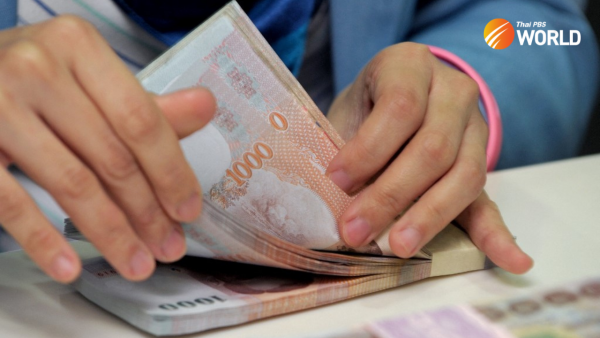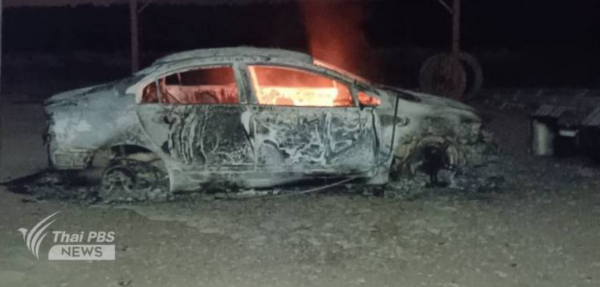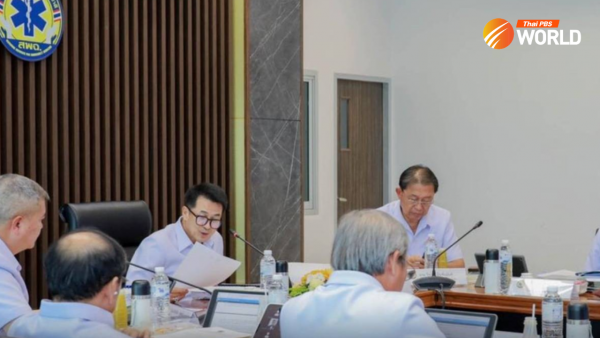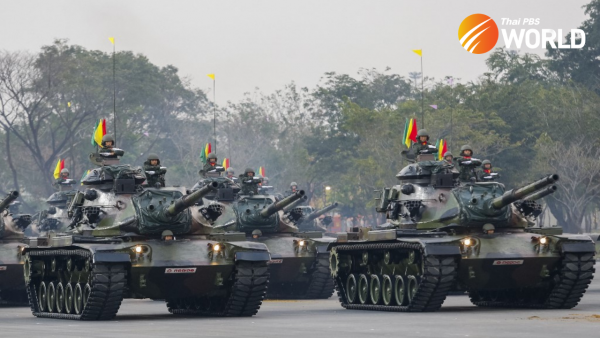Lunacy or great leap forward? Thailand’s first moon mission ignites fierce debate

Thailand’s first lunar exploration programme is scheduled to launch on January 13, though public debate on the moon mission has been raging since mid-December when it was unveiled by a minister.
The ambitious plan to launch a lunar orbiter within seven years sparked questions about Thailand’s technological capabilities and whether a costly space mission is justified amid the virus-triggered economic crisis. On the other hand, some critics say the mission’s objective should be expanded beyond the moon.
Anek Laothamatas, the minister of higher education, science, research and innovation, revealed the plan on December 14, announcing Thailand would build and launch its own spacecraft to orbit the moon within seven years – becoming only the fifth Asian country to do so after Japan, India, China and South Korea.
September 2007 saw Japan become the first Asian nation to successfully launch a lunar orbiter. Just a month later, China sent its Chang’e 1 spacecraft to the moon, followed a year later by India’s Chandrayaan 1.
South Korea is scheduled to launch a moon shot in August 2022, targeting lunar orbit by December that year.
Anek was initially cagey about Thailand’s mission, saying only that the Kingdom’s lunar programme “will forever change Thai people’s perspective. Thailand is no longer a developing country. We are a country with a future, opportunity and hope.”
Ten days later, on Christmas Eve, he revealed more, mentioning a budget of about Bt3 billion.
This was needed to construct technologically advanced satellites weighing 50-100 kilograms within four years – an upgrade on Thai-made nanosatellites (1-5kg) currently in geostationary orbit over the country. A 300kg spaceship would also be built to travel the 384,000 kilometres from Earth to the moon. The craft will be powered by a xenon ion thruster, the same propulsion method used by NASA for space missions.
“The objective is for the spaceship to orbit the moon,” Anek said.

Target of ridicule
Netizens were quick to take aim at the plan, questioning the project’s worthiness and asking whether taxpayers’ money should be spent on a spaceship when Thailand had more pressing needs. Keyboard warriors compared the state of Thai roads to the lunar surface, and joked that certain politicians should be sent on a one-way trip to the moon.
Supporters of the space mission, however, said it was an opportunity to turbo-boost Thai development.
Economics lecturer Piti Srisangnam of Chulalongkorn University said Thailand’s economy could make a great leap by improving its space tech capability.
“It’s about upgrading the country’s technology and knowledge,” Piti said.
However, the mission should aim beyond simply reaching the moon, he added.
“That’s a very old goal. More important is what you do when you get there.”
Wares Chancharoen, co-founder and CEO of Space Zab – a company developing advanced technology for deep-space exploration – said that technically speaking, Thailand is capable of launching a lunar spacecraft within seven years.
“But the question is, for what?” he said.
Thailand should also be looking for “returns” from the mission, such as creating an ecosystem and supply chain for space-related economy, as well as improving the country’s potential in this area.
Nattanon Duangsungnoen, co-founder and editor-in-chief of media outlet Spaceth.co, agreed that Thailand could afford the technology required for a mission to the moon.
But he, too, said the focus should be on what we will get in return.
Meanwhile a Thai scientist working for NASA sees only “a very slim chance” of the country building its own spacecraft to orbit the moon within seven years.
Tawat Veruttipong pointed out that Thailand lacks necessary technological know-how and experience to build a rocket engine and systems for control and navigation in space.
“Prof Anek’s idea to inspire Thais with the space travel plan is a good thing. But the budget could be spent on something that would bring more benefit to the country,” he said.
Sathon Vijarnwannaluk, a physics lecturer at Chulalongkorn University, said that building spacecraft to explore the moon has been part of Thailand’s space programme for the past two years.
The plan was to first build satellites to orbit the moon, then develop rockets capable of launching them, he told Thairath Online in December.
$1 trillion economy
Countries are motivated to operate in space not only by national pride, but also for economic reasons – with commercial satellites launched for communications, weather forecasting and atmospheric research.
Morgan Stanley estimates the global space economy could generate more than $1 trillion (Bt30 trillion) by 2040, up from $350 billion last year.
Thailand’s interest in outer space was confirmed 20 years ago with the formation of its space agency. The Geo-Informatics and Space Technology Development Agency (GISTDA) was formed in 2000 and focuses on satellite technology.
Recent years have seen the country’s space programme expand. In 2017, the National Space Policy Committee drafted a master plan for 2020-2037 calling for Parliament to pass a National Space Act.
The bill would establish a National Space Agency to coordinate Thailand’s activities and laws regarding outer space. The legislation would cover space tourism and space mining, in addition to supporting the growth of a space economy, manufacturing of satellites and spacecraft, and funding for space-related research.
In 2018, GISTDA sent samples of baked durian and rice into space on a US rocket, as part of research to produce Thai food suitable for astronauts.

GISTDA executive director Pakorn Apaphant said in December that Thailand should seriously examine businesses, investment and international alliances for space development over the next five to 10 years.
By Thai PBS World’s General Desk






